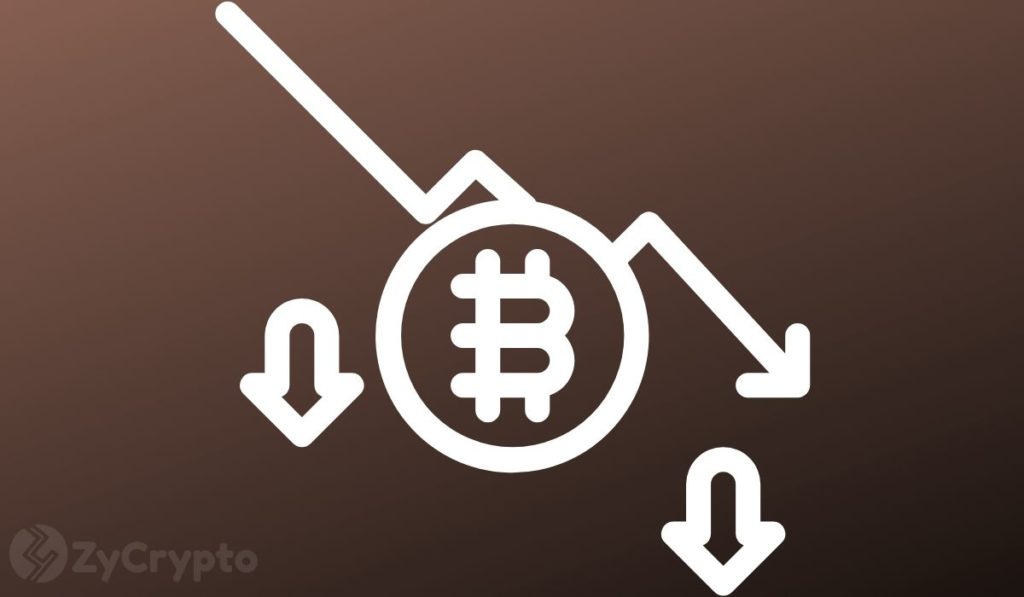The Bear Market Ironically Proves That Bitcoin Is The Future Of Money

Bitcoiner and founder of Global Macro Investor and Real Vision Group Raoul Pal mirrors down the extent to which the cryptocurrency market has grown in a tweet. The goal behind the creation of cryptocurrencies like Bitcoin was, as explained in the Bitcoin whitepaper, was to launch a top competitor against leading currencies like the USD, as well as challenge the existing traditional financial monetary system.
Bitcoin may have just passed a necessary stress test
This year, with Bitcoin hitting new levels, the market generally agrees that Bitcoin has matured as a top asset class and is on its way to disrupting the financial space. However, the recent market dip, as unexpected as it may seem, is considered by some leading players as proof that the market is as inconsistent and unstable as many people claim. In fact, the opposite is exactly the case for Pal and his counterparts who explains why the market may be well-positioned for a global takeover.

In the last two weeks, Bitcoin and many other digital currencies crashed by over 40%. Bitcoin lost its position as a trillion-dollar asset. To Pal, Bitcoin may have just had a VAR-shock test.
With the crash of the market came intense panic from cryptocurrency players. While a lot of bearish news made the cover pages of tabloids, underneath the chaos was a stable cryptocurrency market. Some important parts of the market remained firm throughout the storm. As pal notes, DeFi was still holding up strong as protocols built on the platform were still running per usual.
Cryptocurrencies reaffirm global dominance as the market corrects
The market also didn’t rely on higher authorities like the Feds to maintain balance. Despite the short-term blackout in exchanges and other cryptocurrency firms, a recuperation followed soon after. Major exchange losses and network protocol failures were not recorded amid the bloodbath.
Conclusively, the market’s performance mirrors the difference between the traditional market and the crypto market and the structural impact it has on both industries. Usually, the traditional market struggles to cope in times like this, but the opposite as explained above is the case with Crypto.
Pal’s conclusive thoughts are important to keep in mind going forward:
“This is what I first saw in crypto back in 2012. A new, anti-fragile financial system that doesn’t break in times of stress, where ownership of assets is clear and losses are not mutualised to tax payers. This was a big two weeks for crypto and for the future financial system.”